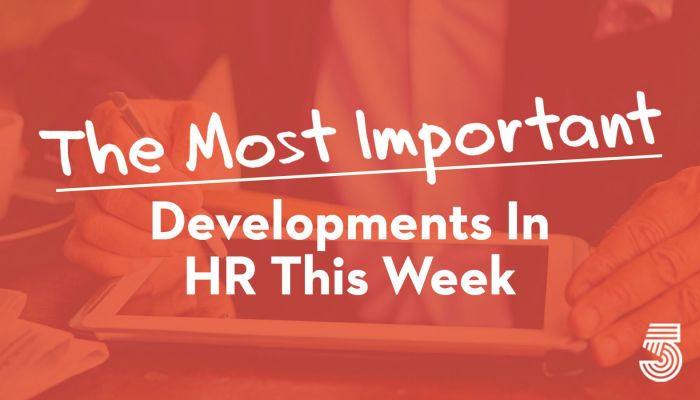
Haven, a joint venture from Amazon, Berkshire Hathaway, and JPMorgan aimed at lowering health care costs in the United States for their employees, will disband less than three years after launching. The announcement Monday marks the defeat of the attempt by three major American companies to address one of the most vexing and longstanding problems for employers and employees alike in the world’s largest economy. Haven said on its website that the venture would end in February, adding that the companies plan to ‘continue to collaborate informally to design programs tailored to address the specific needs of their own employee populations.’ Daily Mail

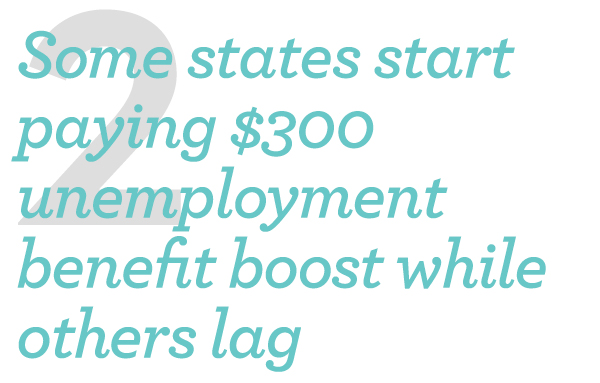
A handful of states have begun issuing a $300 weekly boost to unemployment benefits or signaled workers will get the payments starting this week. Others expect the aid to kick in later this month. Workers in Arizona, California, New York, Rhode Island, and Tennessee will receive the first batch of enhanced payments this week, according to state labor agencies. California and New York are the No. 1 and 2 states, respectively, relative to the number of workers receiving jobless benefits. Connecticut and Washington state aim to disburse the supplement beginning in mid-January, officials said. Most other states haven’t yet offered concrete payment timelines as they work to implement new unemployment rules included in the relief law. Workers will be reimbursed for any gap resulting from delayed aid. CNBC

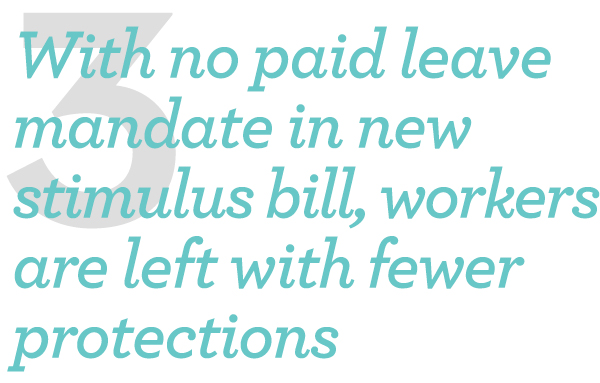
The Families First Coronavirus Response Act’s paid leave provisions expired at the end of 2020 — and as Congress was negotiating a new pandemic relief package over the last few months, one glaring omission was an extension of the paid leave mandate. Only companies with fewer than 500 employees were entitled to the paid leave benefits, thereby excluding more than half of all U.S. workers. The new $900 billion stimulus measure, which President Donald Trump signed into law last week, further erodes what little coverage was guaranteed by the FFCRA, by making it voluntary for companies to use their paid leave benefits. All this comes even as small businesses and workers alike vouch for the importance of paid leave amid the pandemic. The health implications are clear: A recent study published in Health Affairs concluded that the FFCRA helped prevent 400 cases of COVID-19 per day in each state, or an average of about one case for every 1,300 workers. Fast Company

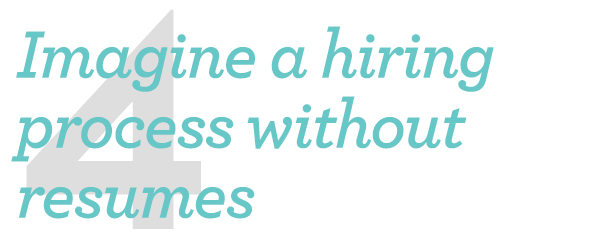
While it may not be feasible for every business, the concept of “open hiring” is an innovative, counterintuitive strategy worth considering if your organization finds it difficult to recruit and retain dependable entry-level workers. This approach, which eschews resumes, interviews, and background checks, focuses solely on human potential and provides employment to anyone willing and able to work. Some of these requirements, like background checks, may be necessary in sectors such as education, government, healthcare, and finance. But for industries that rely heavily on front-line talent — manufacturing, distribution, retail, and food services, where candidates can be trained on the job — open hiring offers the opportunity for more diverse talent that would otherwise be passed over or ignored. HBR

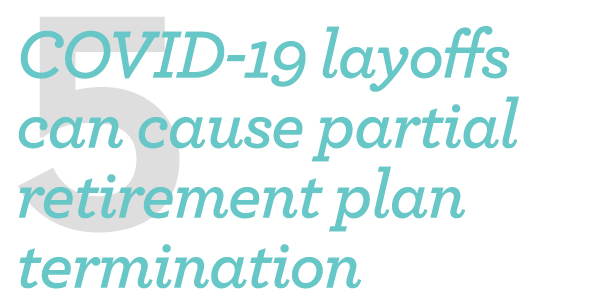
Businesses that discharge retirement plan participants can cause a partial termination to occur, depending on the percent of participants affected by the action. In some cases, instead of laying off or discharging employees, employers (for the time being) have used furloughs, which are generally the equivalent of an unpaid leave of absence. Initially, furloughed employees aren’t seen as being discharged and therefore aren’t factored into the partial termination analysis. If they aren’t brought back to work within a reasonable period of time, however, you’ll likely need consider them to be terminated and counted for purposes of whether a partial termination has occurred. The analysis will include other employees who have been laid off or terminated and can extend over more than one year (for example, in 2020 and 2021) if the circumstances that led to the layoffs and furloughs are the same. Employers may consider amending the retirement plans to count a certain amount of furlough time caused by COVID-19 as hours of service that count for plan vesting purposes. The action likely won’t cost much or result in lost vesting service for employees returning from furlough. It also can go a long way toward fostering good will with the workforce. HR Daily Advisor







